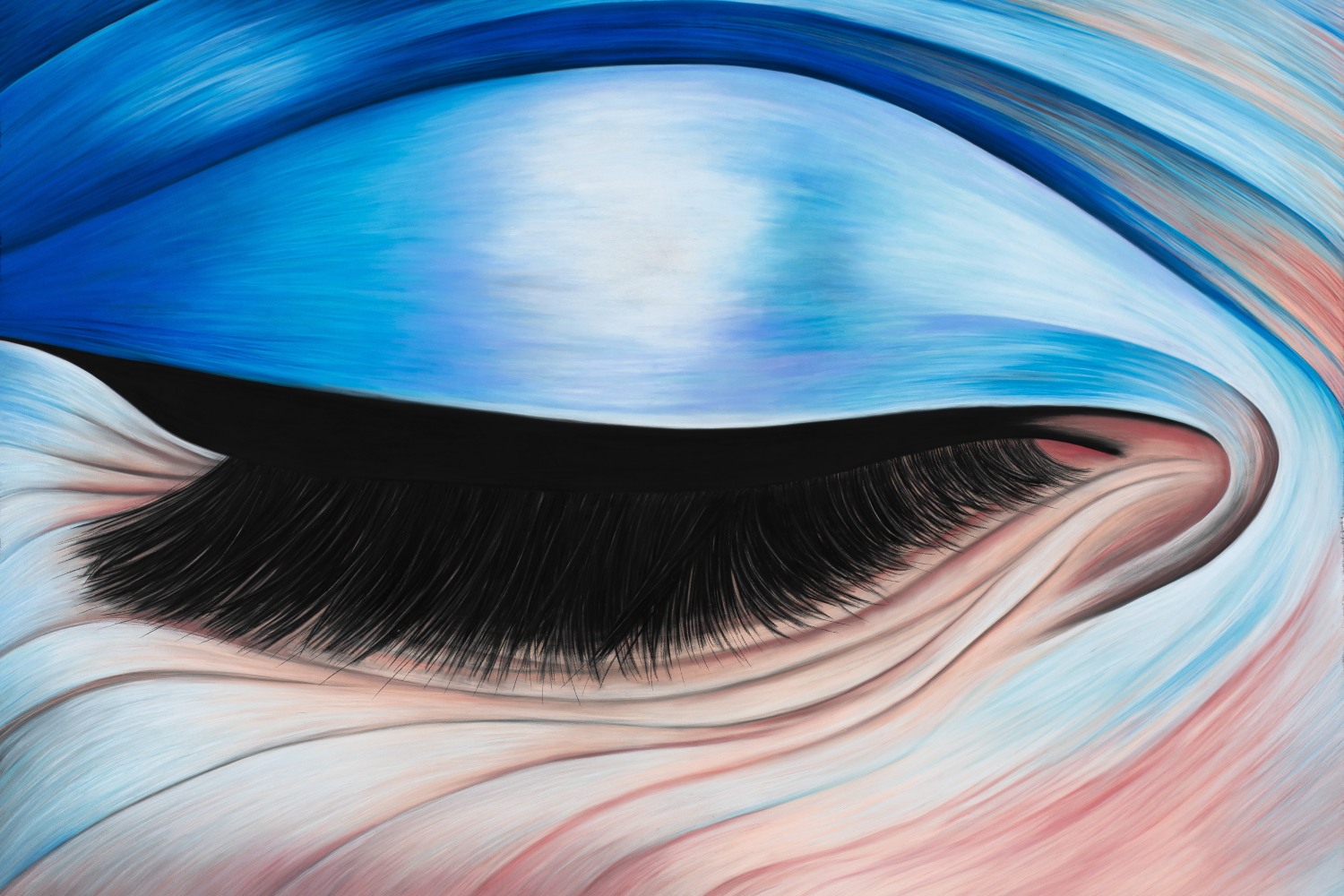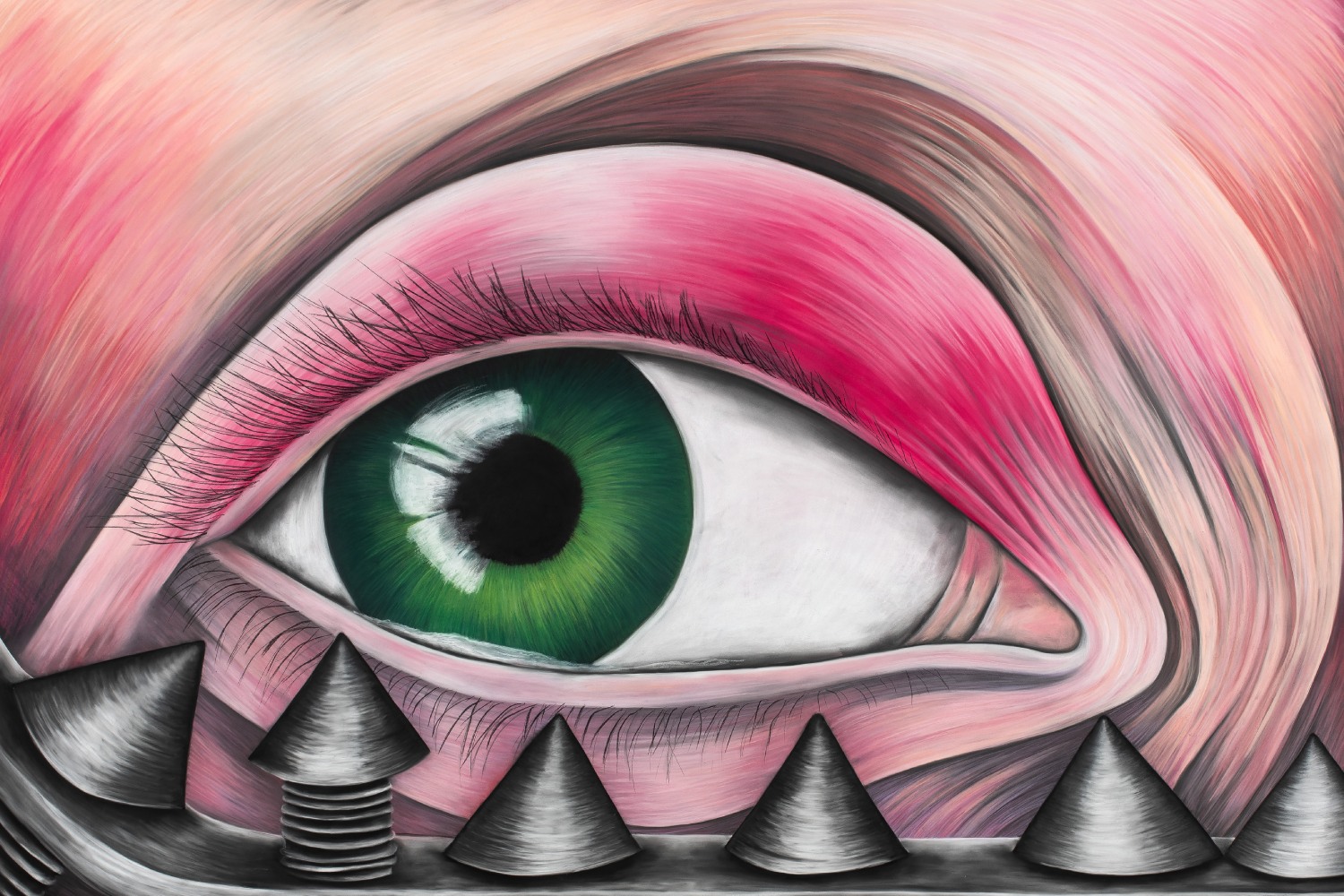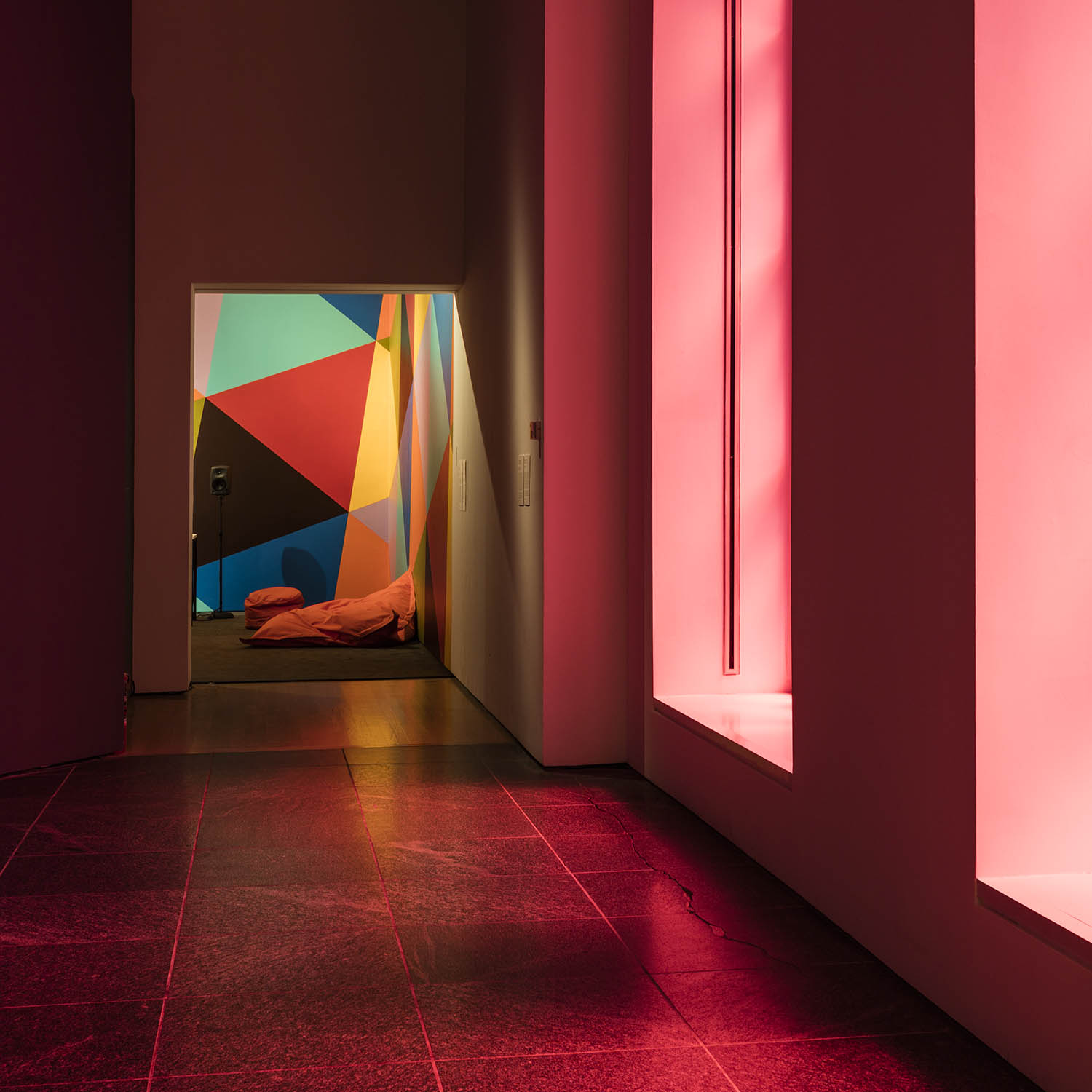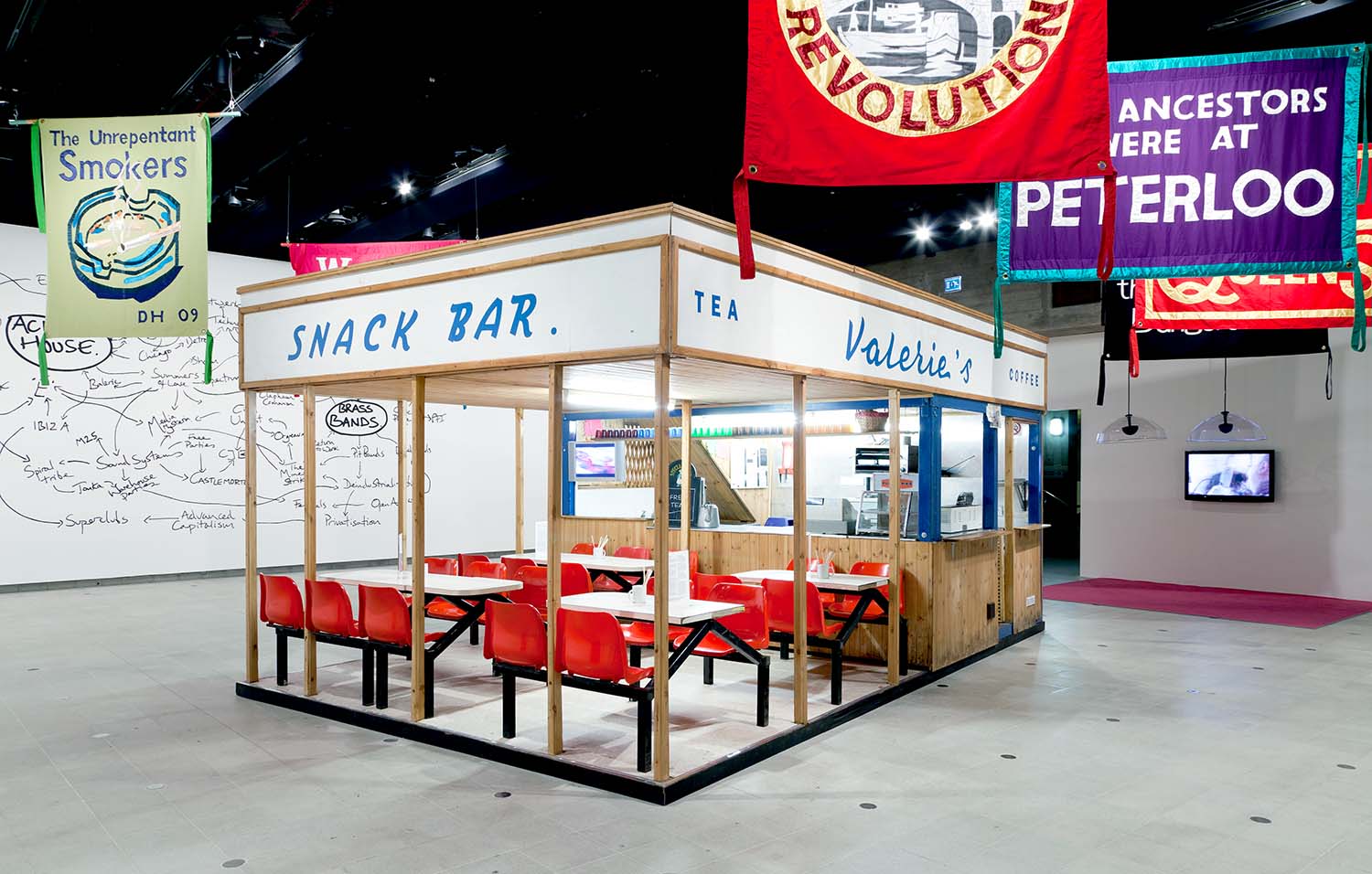The Musée d’art contemporain de Lyon invites Berlin-based British artist Rebecca Ackroyd, to enter in dialogue with her work Singed Lids, as part of her solo exhibition 1.
Singed Lids evokes less the crash of an airplane than the systematic fragmentation of objects and bodies, which may happen in some elusive drama. Made of wax and translucent resin, the human limbs, objects, and plane wreckage that make up the installation seem destroyed by an inner fire. Similar to fragile fireflies, they share an uncertain future. Either in the process of destruction or in full growth, they share an extreme fragility and a fleeting, evanescent destiny. While the artist is interested in the fragmentation and fragility of bodies, she does not use ruins to represent a sentimental projection of the past, nor the physical and residual manifestation of the drama; instead she focuses on the precise moment when the event occurs and the way it fills the vision and subsequently permeates memory.
By calling the exhibition Shutter Speed, Rebecca Ackroyd not only refers to a fraction of time, but also conjures up the photographic lens and the exposure time that enables light to capture an image. Here, she does not so much wish to imitate an actual camera as to evoke the rapid and fragile moment when light freezes reality. The scene that is presented in the middle of a specific but abstract space, suspended in its own decrepitude, can be seen as a metaphor for the human body as a whole, as is often the case in Rebecca Ackroyd’s work. The representation of the body is an essential and focus of her practice, where it is never regarded as an external and impermeable volume. Her sculptures and drawings often present a form of openness, allowing the gaze to penetrate matter, flesh, organs, and muscles, like an open and fragile architecture.
If the skeleton, a vertically articulated frame, sometimes evokes the structure of a building, the skin is linked to the envelope. It protects what is inside, while its porosity allows for respiration. In the same way,
Rebecca Ackroyd’s work often acts as a visual transposition of this metaphorical connection between architecture and the fragility of the human body. The translucent structure at the center of Shutter Speed scenography resembles a thin membrane preserving a perishable architecture, while some twelve pairs of eyes observe the scene. Rebecca Ackroyd’s works on paper, including recent pastels, focus primarily on the body, powerful, alive, and vibrant, but also impaired and weakened by the passage of time and aging, as well as the very nature of organic composition subjected to dehydration – when it is not exposed to certain instruments intended to transform it, like eyelash curlers, or strange barriers sometimes protecting, sometimes threatening.
These eyes seem to observe the spectator as much as the scene and embody, in passing, several temporalities and attitudes towards the event. Therefore, Shutter Speed, refers to the eyelid which, akin to a shutter curtain, must find a balance between reality and the sensitive surface, which protects but also separates.
If the dismembered plane inevitably alerts us to the fragility of all things, both organic and technological, it ultimately conveys a superimposition of images and realities, a fragmentary and partial perception of the world. As indicated by its title, Singed Lids recalls the retinal burn which occurs when a reality lost in the darkness strikes our ocular membrane for the duration of a flash of light. An image reduced to an abstract silhouette is then imprinted, creating a ghostlike form floats in our field of vision. Did we dream it? What reality did we perceive? Is the object still there? Rebecca Ackroyd’s images taken from personal and collective memory combine body fragments, gestures, presences, as well as disappearances and absences, thereby restoring a new reality of the world that is partial, fragile, uncertain but very much present.








